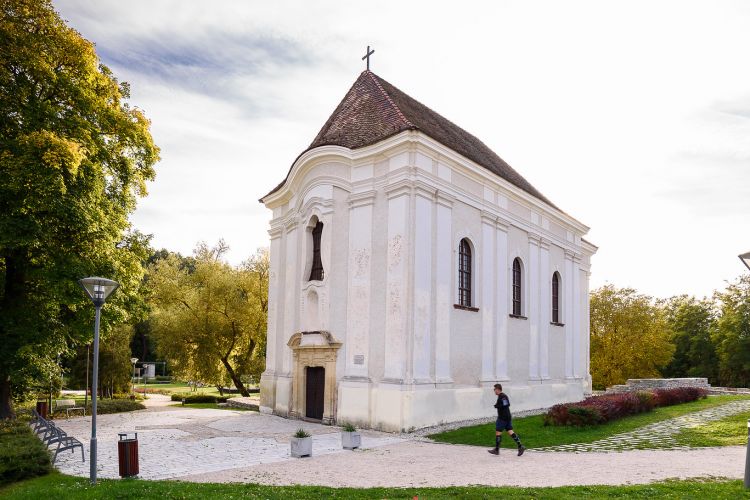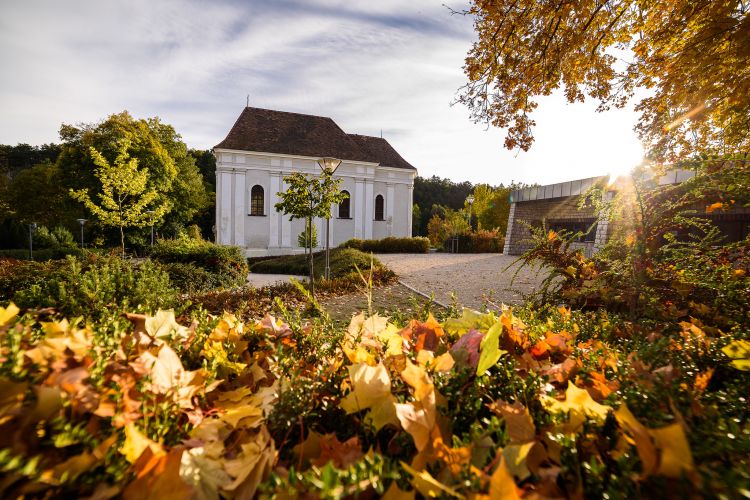When recalling the most important deeds of Hungary’s founding King Stephen, his battle with Kopány is evoked most often. This was the moment which decided whether Hungary would change direction and join the Christian states of Europe or continue the raiding lifestyle of his ancient faith.
All Hungarians know how this story ends as well as the greatest tragedy of Stephen I’s reign, when he was left without son and heir after the death of Prince Imre. However, the period between the two events is recalled less often, even by historians, although it includes many interesting things that offer a better understanding of Hungary’s first king. St Stephen was not just a medieval ruler among many – he was also a visionary politician. He preferred to settle things using diplomacy, agreeing various peace treaties and alliances to ensure his country’s future in a troubled Europe. This included opening the country’s borders to pilgrims from Jerusalem, as a gesture to the Christian Church, and forming an alliance with the Byzantine emperor. Part of this alliance was allegedly that his son Imre would take a Byzantine Greek wife, although this is very difficult to prove after a thousand years. Although he was the only son of Hungary’s founding king, Prince Imre’s life was full of secrets that have yet to be revealed. However, there is no mystery about the visible and tangible evidence that a Greek monastery once stood on the outskirts of Veszprém. According to historians, these Orthodox nuns came directly to the Veszprém Valley with Prince Imre’s Byzantine wife.
The ruins of the former monastery can still be clearly seen, and as you walk among these stones, it should be pointed out that its founding charter is still preserved in the National Archives and is the oldest surviving original document in Hungary.
As well as these yellowing papers, there are also legends about the place which have been passed on by word of mouth to this day. One such legend is that the vestments which were later transformed into the Hungarian coronation robes were embroidered here in Veszprém. Moreover, the story goes that Queen Gisela herself had a hand in making the garment. Whether this really was the case will surely remain a mystery forever.
There is an 18th-century church built by the Jesuits next to the monastery ruins. However, since Maria Theresa dissolved the monastic order within her Empire, they were unable to consecrate the church after it was completed. Concerts are held here today because of its unique acoustics – and the Orthodox nuns would probably have a few things to say about that.


